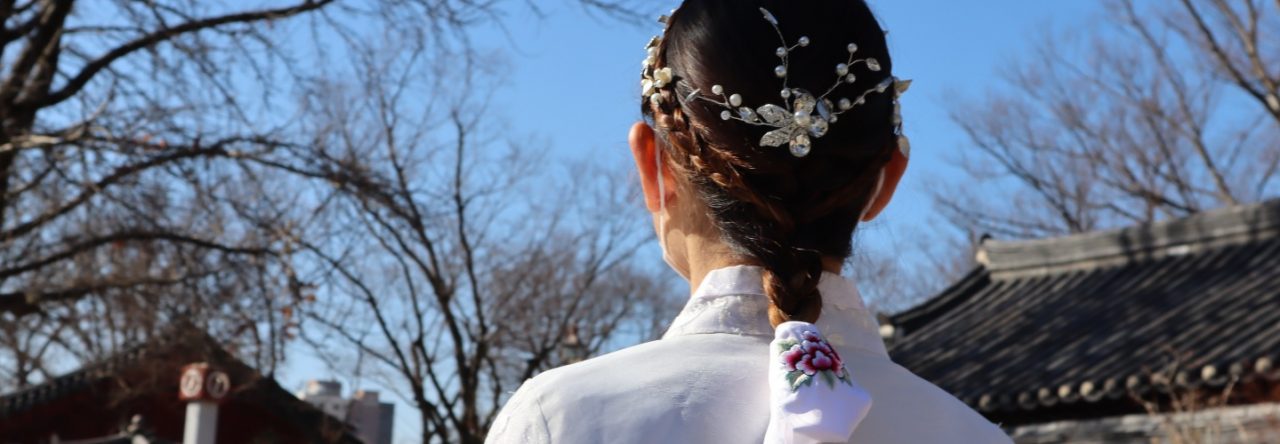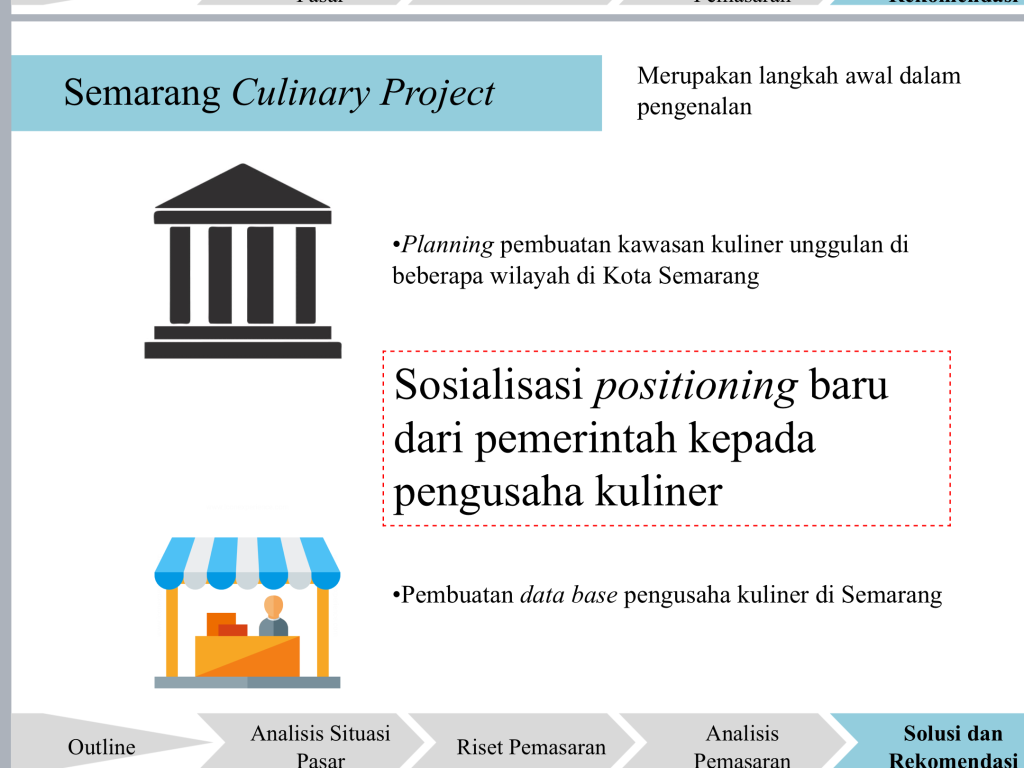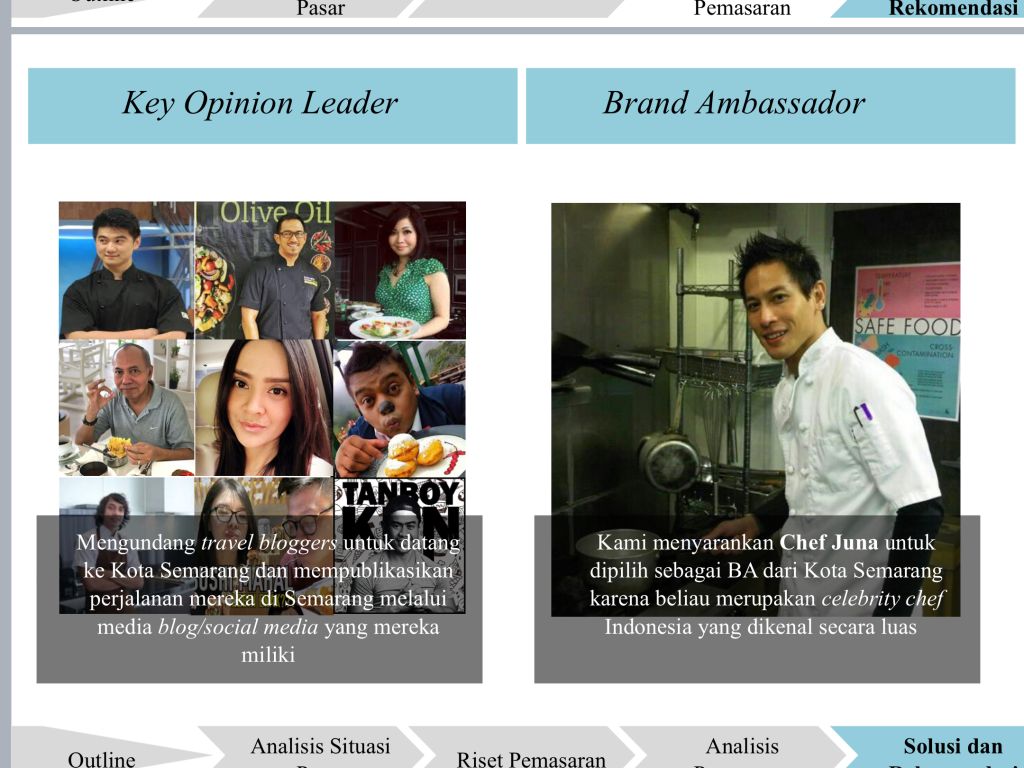Annyeonghaseyo !!! So I have finished my happy-yet-making me broke series of South Korea travel!! But I didn’t even regret a little – I learned new things, experienced new things, and even got inspired to write something like this.
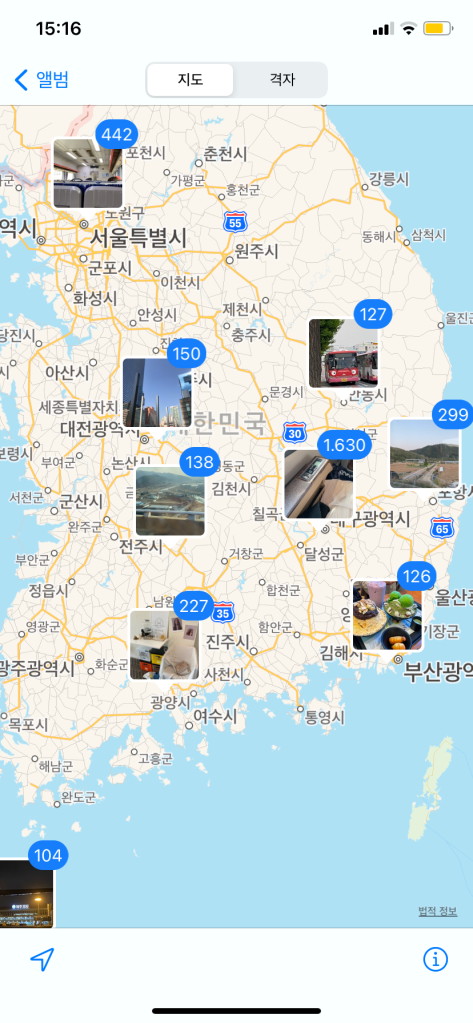
I was intrigued on how this super small country was managed to “sell” its tourism so well. After visiting almost 10 cities in South Korea for travel purpose – I kind of get the rough idea how Korea manages to develop its tourism sector. Hence, I am writing my observation and insight from those experiences. Please note that it’s just a small piece of personal opinion, might be right might be wrong and I am open for discussion for this matter hehe.
- Abundant Tourist Information
Right after you get off from train station, you will find “Travel information center” big sign, written in English just like below picture. Not only in big cities such as Seoul and Busan, I went to smaller cities like Suncheon and Yeosu – but these offices could still be found. In the office, the staff will provide you the information needed to travel around the city and map if you need it. There’s always also travel brochure provided, in many different languages such as English, Chinese, Japanese, to help traveler to learn more about the city and attractions available. In addition, there is always this kind of big “information sign” which pictures of top tourist destination are posted accompanied with the map on how to go there.
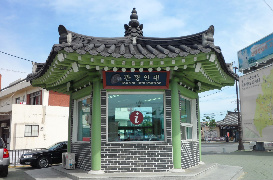
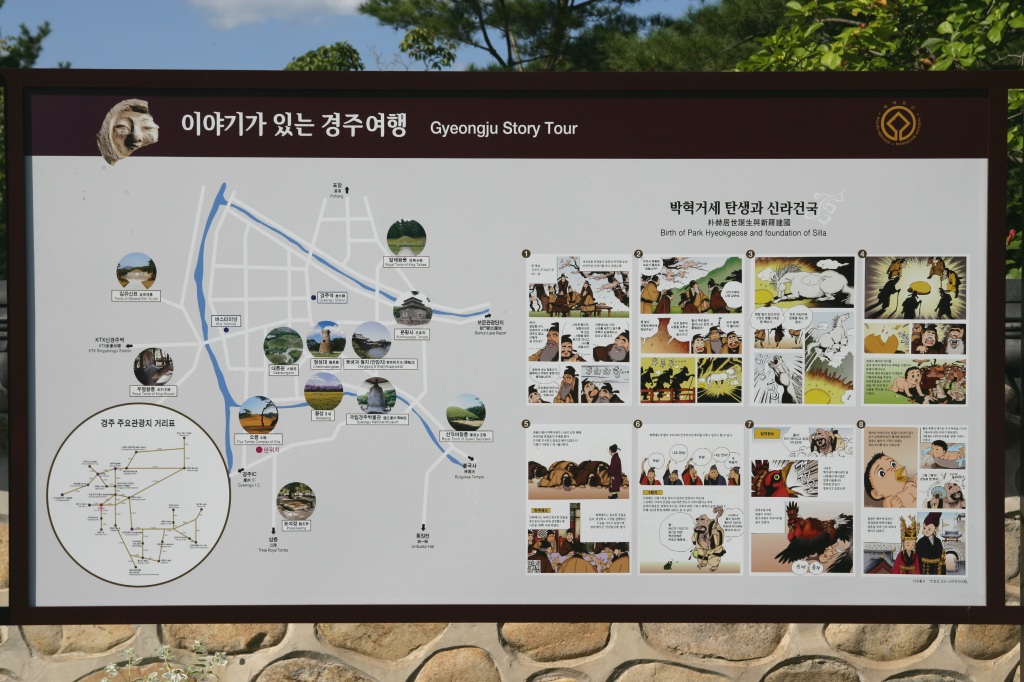
When you go to hotel or even smaller guesthouse, there will always be a shelf that contains numerous flyers and maps about that cities. Government also communicate well enough (at least in the flyer) that you can contact 1330 for tourist/foreign help desk
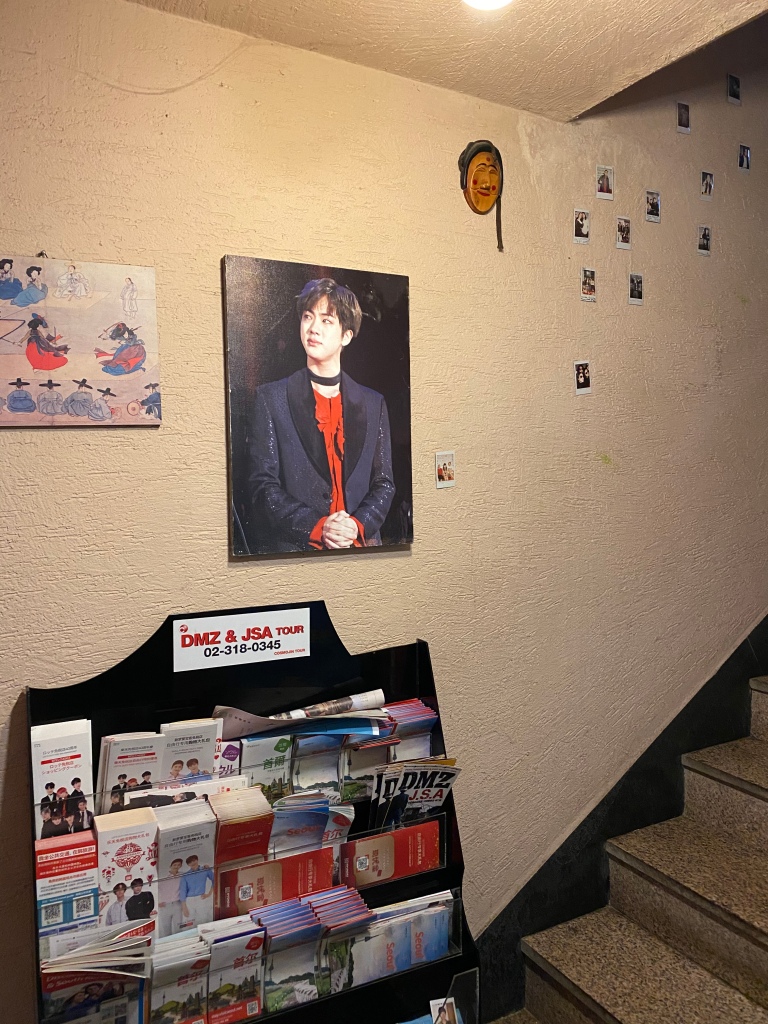
In big cities (Such as Seoul, Busan, Daegu), you can easily find people dressed in red with bags of travel brochure and “Tourist Information” sign hanging om their shoulders. These staffs speak different language, mainly English and Chinese, and they will be ready to help you answering question about the place.
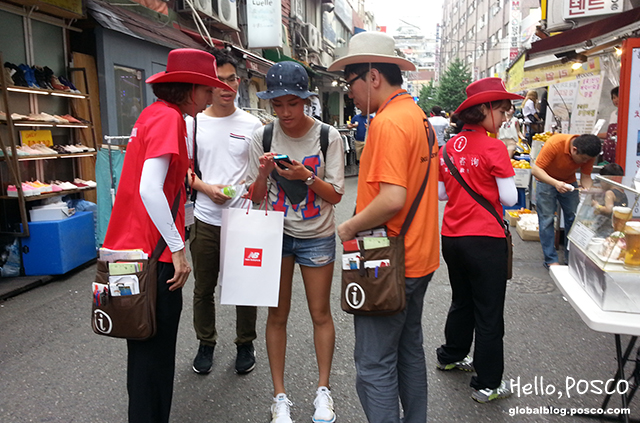
As a country which population don’t really speak English, having this kind of service really helps traveler to move around the city.
I can’t deny it’s quite challenging for travellers who don’t speak Korean to travel around small cities in South Korea. But it seems like the government knows it and provide really good information in every train station
Lastly, in every tourism site (historical site, temple, pavillion, or even just statue), there will be a stone carved with the meaning of why such sites was built, who built them, when was it built, etc. And they contain English explanation to help international traveller to understand the meaning
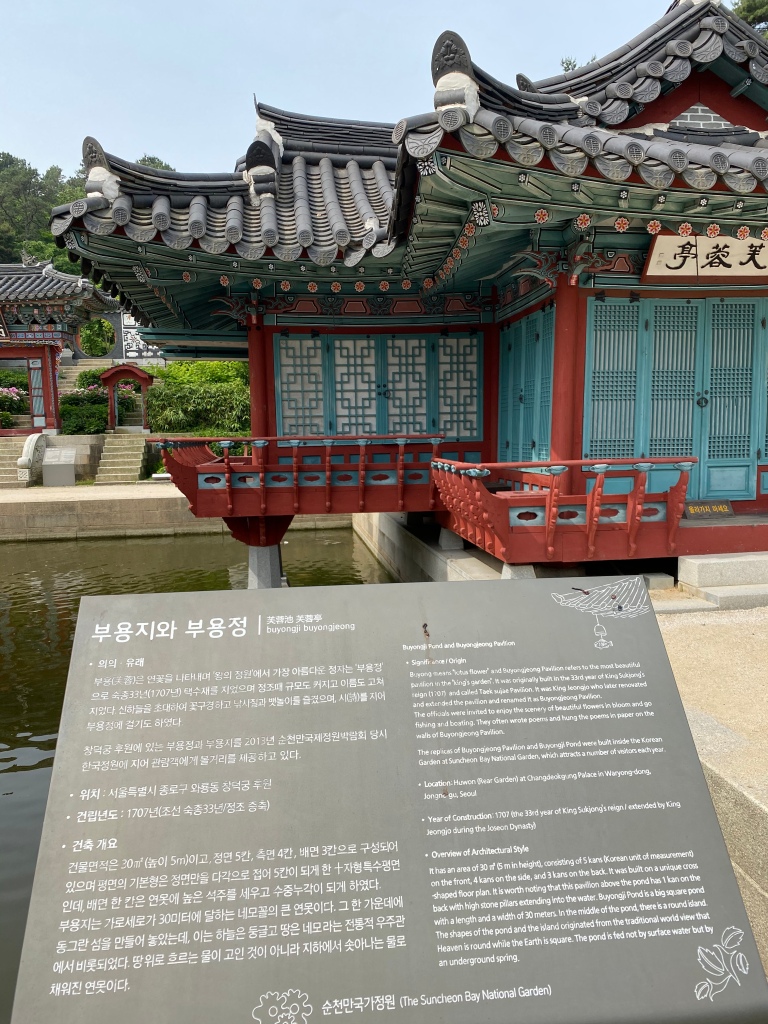
- Branding effort that is very effective
I really feel government’s effort to market Korean’s tourism. VisitKorea website that’s always advertised across social media, and lately I am even receiving “VisitJeonju” (a city in South Korea) ads in my Instagram.
Every city almost has its “slogan” – and this “slogan” is posted almost everywhere in banners all around the city.
Let’s take an example from Yeosu – a port city in the southern part of South Korea. Compared to other beach cities such as Busan and Pohang, Yeosu’s beaches are not that beautiful (rocky, no sand, not very clear water). However, this “not-so-special” city has the slogan of “romantic city”, in which it’s said that the night view of this Yeosu city is beautiful and romantic. From a person who has lived in Indonesia and has visited various beaches (in Indonesia, Malaysia, and South Korea), objectively speaking Yeosu’s sea view is no match with those of Indonesia. This “romantic city” (낭만) slogan is posted everywhere in the city – there is “낭만 포차거리” or romantic bar cart, “낭만밤바다” or romantic night sea, “낭만버스” or romantic bus (this is just a city tour bus btw), etc. As a result, the branding effort does help Yeosu gain some acknowledgement from the people, especially domestic tourist, as a romantic city. Additionally, in 2026, a big event is expected to be held in Yeosu – the “World Islands Fair”. In every corner of the city, you will be able to see this news posted. GFN 98.7MHz – Yeosu(여수) City to successfully hold 2026 World Islands Fair and 2030 Yeosu(여수) Tourism development !
Suncheon, a very small city in the southern part of South Korea, assumed the title of “Ecological City of South Korea”. The government also tried to promote this small city by joining the “East Asia City of Culture” event Suncheon Chosen as East Asia Culture City 2020 | Be Korea-savvy
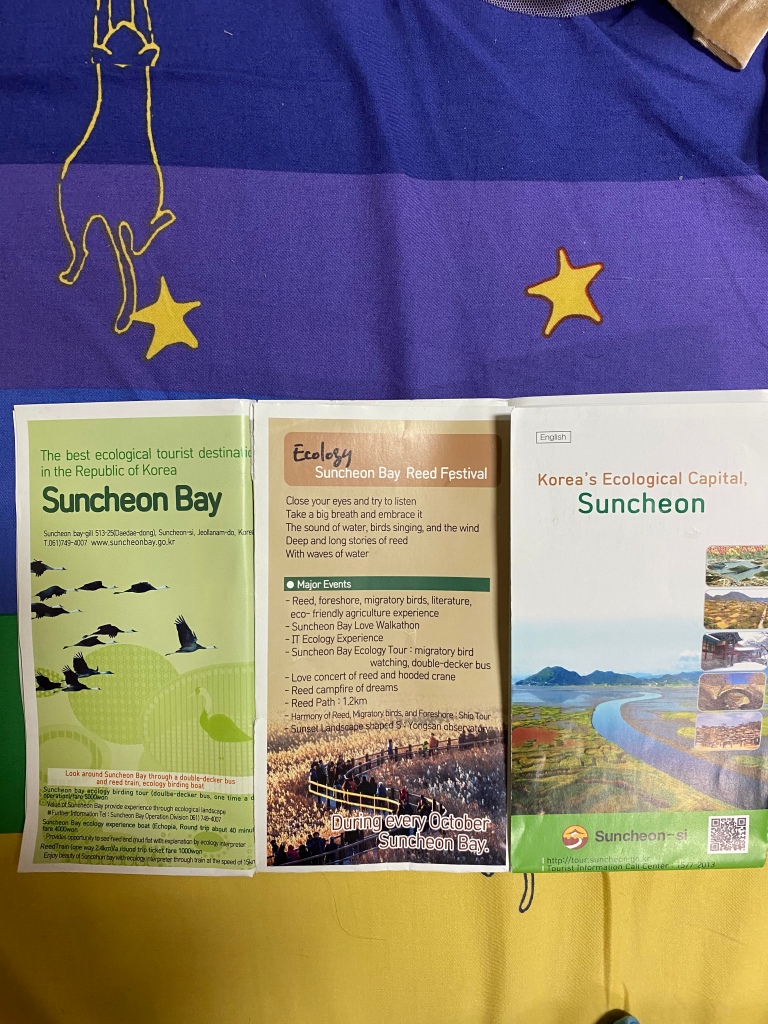
Anyway, even the most recent “Feel the Rhythm of Korea” video campaign won an award internationally – mixing hiphop, traditional music, a little bit of quirkiness, these short video campaigns were able to promote South Korean’s tourism site. Also remember that BTS is the tourism ambassador for Seoul? They even made a song dedicated only to promote Seoul. I think South Korea really knows how to sell things…

My ex professor insight on “Feel the Rhythm of Korea” campaign:
Now let’s try to think back about “branding” in cities of Indonesia – do you recall any? Do you even know if government put any effort in growing the “Visit Indonesia campaign”?
- Travel product that really caters tourists’ need
Safe, hazzle free, transparent price of tourist’s site admission fee, clean and easily accessible toilets…. These are the things I really appreciate when I travel around any city in South Korea. Without these basic things, enjoying the tourism spot wouldn’t be enough. Are these things commonly found in Indonesia’s tourism sites?
Back then in 2015, I had a quite traumatizing experience where my phone was pickpocket-ed when I was shopping in bookstore in Jakarta. Since then, I grew very anxious of my phone and I developed a habit of checking my phone every now and then – if it’s still there in my bag. And now that I have lived in South Korea, I gradually leave that habit. It’s that safe to the point you can focus on enjoying the art and scenery of the tourist site.
Also, in Korea I never felt worried that the shop owners/restaurant owners will unknowingly rip me off with “tourist price” – because in every store/restaurant the price is clearly stated in front. If it’s said to be “10,000 Won” then it’s 10,000 Won – without any “tax etc” because all that’s written is inclusive of everything.
Clean toilets, and of course free. No need to explain more. This is basic need, isn’t it?
—-
In 2017, I joined a tourism marketing competition for my hometown Semarang and won the first place there. What we pitched there was seemingly “groundless” and “childish”, but almost all the things we said were already done by South Korea haha. Now I didn’t wonder why I won that time lol (btw we made the proposal for 2-3 days? Wkwkwk oh what a crazy time it was)
I really hope that more people will be wanting to visit Indonesia, especially as there are many beautiful places, exquisite culture experiences, delicious food there. But those things are not enough – I think the government and tourism players do need to work very hard to provide a safe and tourist-friendly tourism environment.
Any thought on this?
